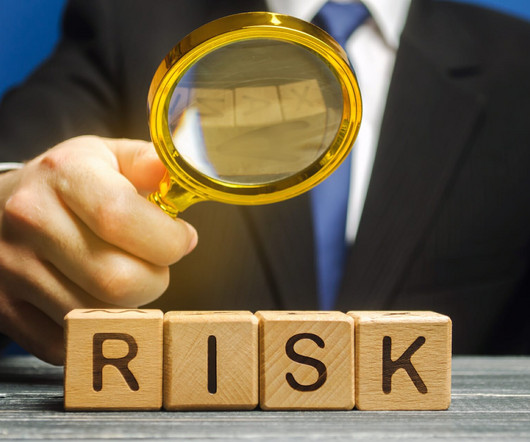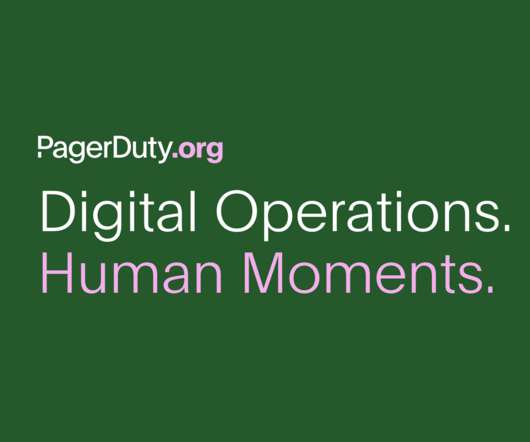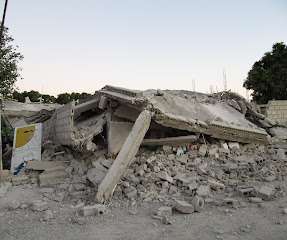Foresight
Emergency Planning
APRIL 24, 2022
A principle of cascading disasters is that the world is ever more closely linked by networks on which we all depend for communications, commerce, enlightenment and entertainment. The cascade is a result of the progression of a shock through different kinds of vulnerability. The term has many different meanings.





















Let's personalize your content